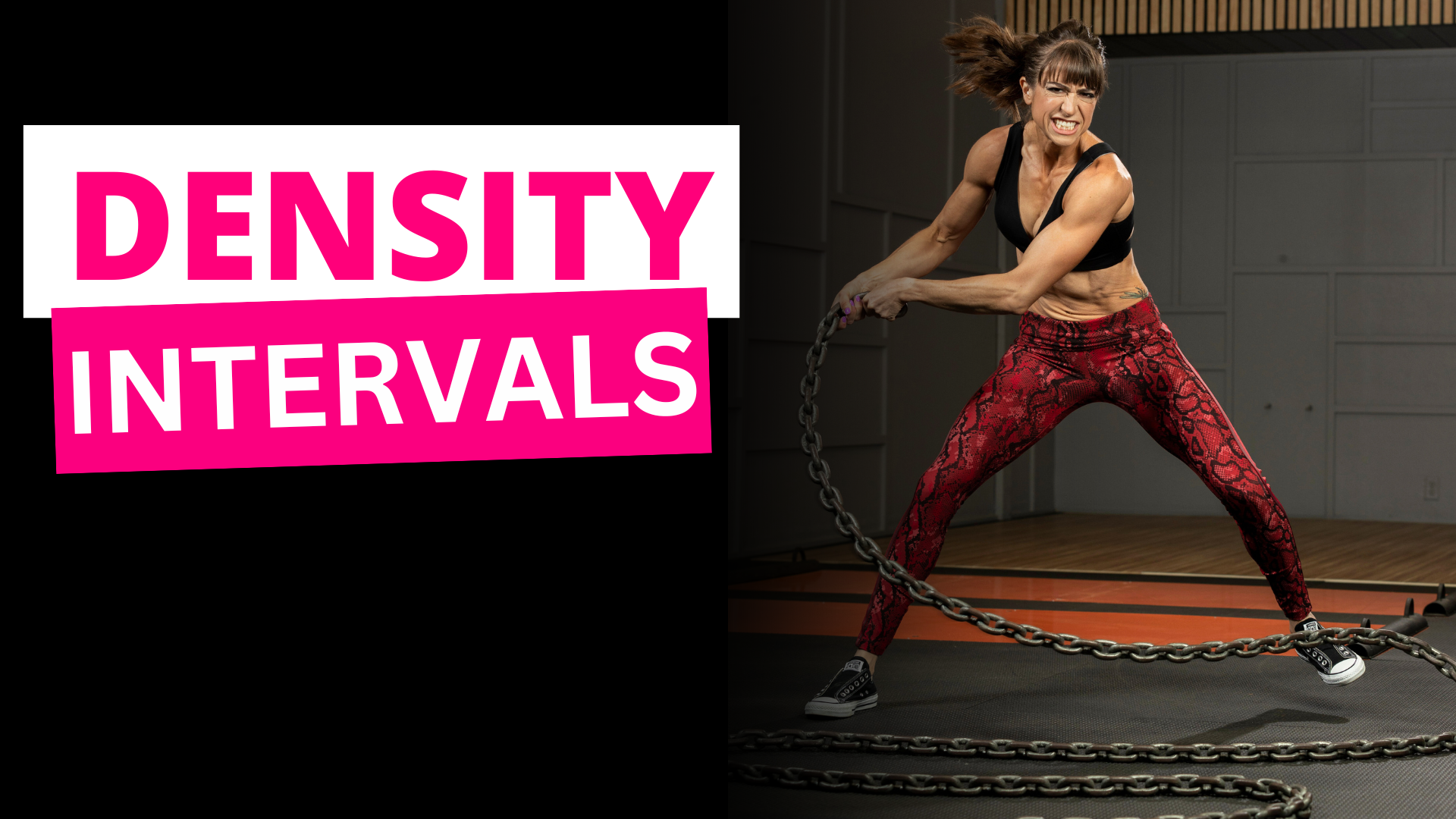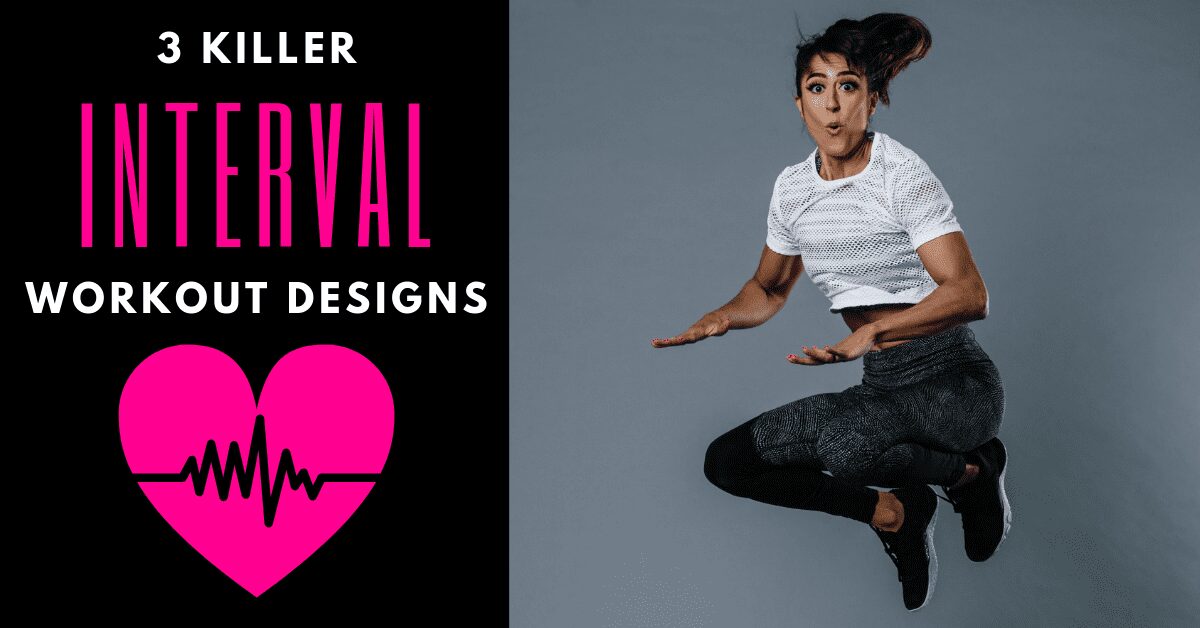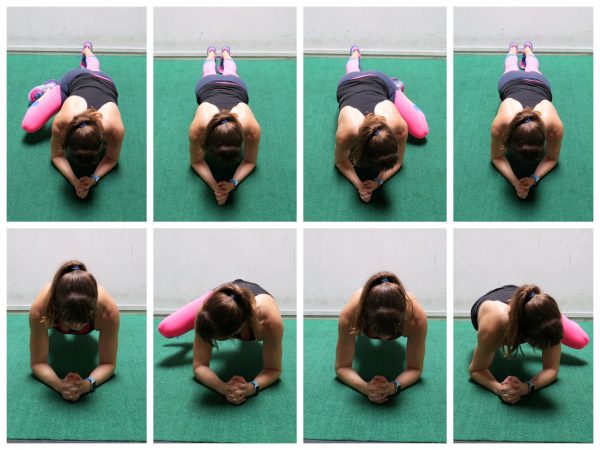
Build Muscle and Lose Fat With Density Intervals
Too often we only use one very specific rep and set range in our workouts because we’ve heard it’s ideal for strength or muscle hypertrophy or strength endurance…
And we stay within this SINGLE rep range because it is supposedly best for our goal.
But this narrow view of how we SHOULD train holds us back.
It even prevents us from truly pushing ourselves or that progression to create results.
It prevents us from building endurance which could enhance our recovery to see better muscle growth.
It prevents us from increasing our maximal strength to see better muscle gains.
And when we don’t use DIVERSITY IN DESIGN to our advantage, which is even more key the more experienced we are, we often see our results plateau.
We find we aren’t gaining muscle while still putting in hours at the gym. And even our fat loss results seem to go backward.
But by embracing other training techniques, not only can we improve our results, but we can be more efficient in our training, which is good if you’ve ever thought, “I don’t have enough time!”
That’s why I want to share one of my favorite efficient training techniques so you can see better fat loss and muscle gains from your workouts.
And that training technique is Density Intervals!

When we hear INTERVALS, many of us instantly think about cardio workouts.
We think HIIT and our blood pumping and fat crying…
Not muscle being built.
But intervals are a great way to help ourselves increase our training density, or the amount of work or weight lifted in a set timeframe, to see better muscle and strength gains with shorter workout sessions.
That’s why I want to break down why interval strength workouts can be so amazing and how to use Density Intervals specifically to your advantage.
So first…why can intervals be better than just set rep ranges for building strength and muscle?
Using timed intervals in our strength workouts can help us push past the point we usually want to quit.
Think about your workouts…Have you ever just stopped at the top of a rep range because you hit the top number you “should” be doing?
Have you ever thought, “I could have done more but MEH it’s hard enough and I want to just get the workout done?”
Intervals can help us push past that point because we have to keep going until the timer beeps.
It can make us do an extra few reps we normally wouldn’t have and push a bit harder than we would have otherwise.
Even if we have to PAUSE during the interval to keep going, it helps us get more work done in a shorter amount of time.
And it can even help us lift a greater overall load for the session than we would have just counting reps.
Especially if we are a bit pressed for time, intervals stop us from losing mental focus and just rushing through.
We can’t just stop when it feels hard with reps, think “Good enough” and go on to the next thing.
We have to work the entire interval.
And often this keeps us more intentional and focused on the movement. We aren’t worried as much about counting reps.
We can’t be done faster.
So we stay focused on what we feel working.
And when you use the same intervals of work week over week, you can focus on progressing the moves you use or the weights you lifted or even try to get out an extra rep or two with the weight or variation you used the week before in that same time frame.
This can drive progression without increasing your workout time.
You can even time your workout exactly to fit your schedule because you know how long each set will take!
And if you’ve ever felt like you just can’t do another rep or add more weight to a move, this is also where intervals can help you out.
Often if we fail with a weight we just stop there and move on.
But with intervals, you may drop the weight to keep going. Or you may pause then pick back up to finish out the interval.
And Density Intervals even add another layer to this…
While you can use intervals in so many different ways, with Density Intervals you will want to do back to back intervals of work for the same muscle group but using two different forms of progression or movement variations.
Like if you’re working your legs, you may do an interval of front lunges then an interval of split squat pulses.
This helps you take a muscle closer to fatigue in a fast and efficient way.
It can also help you use all 3 drivers of muscle growth and create progression when you can’t do another rep or add more weight with your traditional workout designs.
With Density Intervals, you’ll set two intervals of work for the same area back to back.
In one, you may perform a hold or isometric to pre fatigue the muscle before you then go into reps.
Because you are already tired, you may find the same loads or movement variations you can usually do become exponentially harder. You max yourself out and push past failure with even lighter loads!
Or you may do Density Intervals, where you do that heavy compound lift first, followed by more of an isolation move after to fully fatigue the big muscle worked in your lift.
And you aren’t just limited to these change ups.
You can use two different tempos back to back.
Or even ranges of motion.
And the options go on on and on.
This is also why this workout design can be especially useful when training at home with only bodyweight or limited loads if you’re struggling to see the muscle strength and gains you want from your training.
All of this allows you to use diversity to your advantage while getting in more work for an area without your workouts getting longer and longer.
It helps you fatigue a muscle using different techniques combined. And this is what drives better results.
It can help you truly push yourself to challenge your body while staying focused and intentional.
Because too often we waste time in our workouts just going through the motions.
We want to be able to ask ourselves…
“Have I pushed myself forward and challenged myself today? Have I felt uncomfortable a bit in my training using the time I have to get in quality work?”
And have the answer be YES.
Because that is what leads to results and what Density Intervals can truly help us achieve.
So if you’ve felt like your results have plateaued and your training sessions just aren’t pushing you any more, consider mixing up your traditional reps and sets for timed intervals of strength work.
You’ll be surprised by how the same but different really drives you forward and challenges your body in new ways!
Want killer workouts you can do anywhere to help you build strength and muscle while losing fat?
Check out my Dynamic Strength Program!





